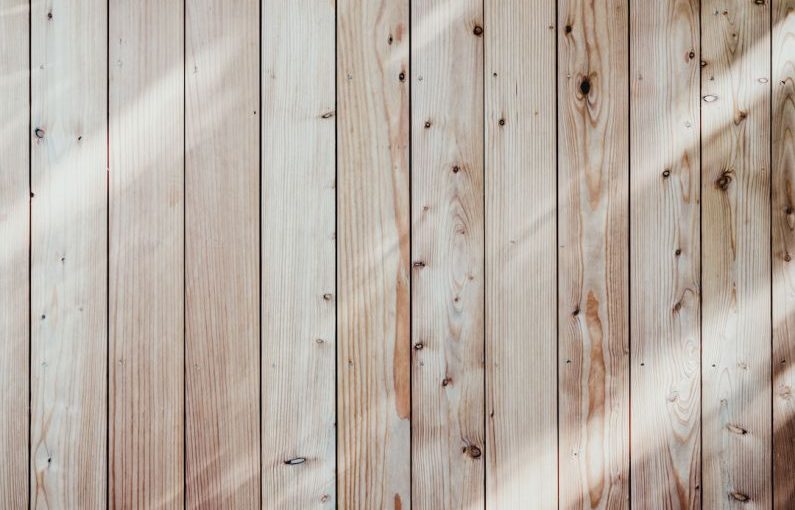Woodworking is an ancient craft that has been cherished for centuries. Among the many techniques within woodworking, intarsia stands out as a unique and captivating art form. Intarsia involves creating intricate designs by fitting together different types of wood to form a mosaic-like image. This technique has a rich history and continues to captivate artists and enthusiasts today. Let’s delve into the world of intarsia and explore the allure of creating wood art with different woods.
The Art of Intarsia
Intarsia is a woodworking technique that dates back to ancient times. Its roots can be traced to the ancient Egyptians who used inlay techniques to embellish furniture and decorative objects. Over the centuries, intarsia evolved and gained popularity in various cultures, including the Italian Renaissance, where it flourished as a decorative art form in furniture and religious artworks.
Distinct from marquetry, which involves creating designs using thin veneers of wood, intarsia focuses on fitting together solid pieces of wood to create intricate patterns and images. The process requires meticulous attention to detail, as each piece of wood must be precisely shaped and fitted together to form a cohesive design. This meticulous craftsmanship is what sets intarsia apart and makes it a captivating art form.
The Appeal of Intarsia
What makes intarsia so appealing to artists and woodworking enthusiasts alike? The allure of intarsia lies in its endless creative possibilities. With a wide range of wood species available, artists can play with different colors, textures, and grains to create stunning visual effects in their artwork. From rich mahogany to exotic zebrawood, each type of wood adds its own unique character to the final piece, resulting in a truly one-of-a-kind creation.
Furthermore, the process of creating intarsia allows artists to exercise their problem-solving skills and attention to detail. Each piece of wood must be carefully selected, shaped, and fitted together like a puzzle to bring the design to life. This meticulous process challenges artists to think critically and creatively, resulting in a deeply rewarding and fulfilling experience.
Choosing the Right Woods
One of the key aspects of creating intarsia is selecting the right woods for the project. Different woods offer varying colors, grains, and textures, allowing artists to achieve a wide range of visual effects in their artwork. Light woods such as maple or birch can create a striking contrast when paired with darker woods like walnut or ebony. By carefully choosing and combining different wood species, artists can enhance the depth and dimension of their designs, adding visual interest and complexity to their artwork.
In addition to aesthetics, artists must also consider the workability of the woods they choose. Some woods are harder and more difficult to shape, requiring specialized tools and techniques for cutting and fitting. Conversely, softer woods may be easier to work with but can be more prone to splitting or warping. By understanding the characteristics of different wood species, artists can make informed decisions when selecting materials for their intarsia projects.
The Creative Process
Creating intarsia is a labor of love that requires patience, precision, and artistic vision. The creative process begins with designing the pattern or image that will be brought to life in wood. Artists may sketch their design on paper or use digital software to create a blueprint for the intarsia piece. Once the design is finalized, the artist selects the appropriate woods and begins the meticulous process of cutting, shaping, and fitting together the pieces.
Each piece of wood is carefully cut and shaped to match the design, taking into account the intricate details and contours of the image. Artists may use a scroll saw or band saw to make precise cuts, ensuring that each piece fits seamlessly with the others. As the design takes shape, artists must pay close attention to the alignment and placement of each piece to maintain the integrity of the overall image.
The Assembly and Finishing Touches
As the individual pieces of wood are shaped and fitted together, the intarsia design begins to come to life. Artists carefully assemble the pieces, gluing them in place to create a cohesive and seamless image. Once the glue has dried, the artwork is sanded and finished to smooth out any imperfections and enhance the natural beauty of the wood.
Finishing touches such as staining, varnishing, or oiling can further enhance the colors and grain patterns of the wood, adding depth and richness to the artwork. These final steps are crucial in bringing out the full beauty of the intarsia piece, showcasing the craftsmanship and skill of the artist.
The Joy of Creating Intarsia
The process of creating intarsia is a labor-intensive and intricate art form that requires patience, skill, and a keen eye for detail. However, for those who are drawn to the beauty and complexity of woodworking, intarsia offers a unique and rewarding creative outlet. The satisfaction of seeing a design come to life in wood, the challenge of working with different woods, and the joy of mastering a traditional craft all contribute to the fascination with intarsia.
Whether you are an experienced woodworker looking to expand your skills or a newcomer eager to explore the world of woodworking, intarsia offers a rich and fulfilling artistic experience. By embracing the beauty of different woods and honing your craftsmanship, you can create stunning works of art that showcase the timeless allure of intarsia. Immerse yourself in the world of intarsia and discover the endless possibilities of creating wood art with different woods.





